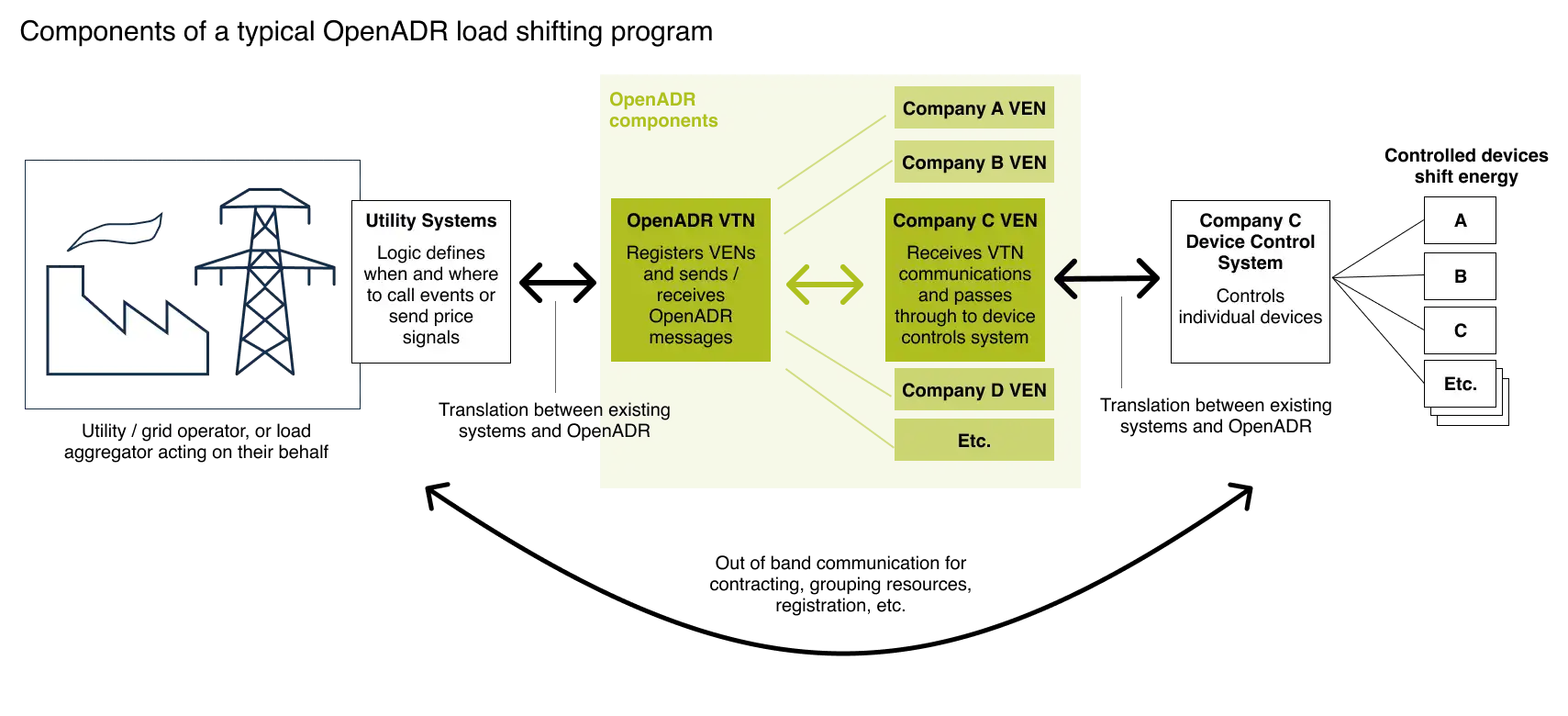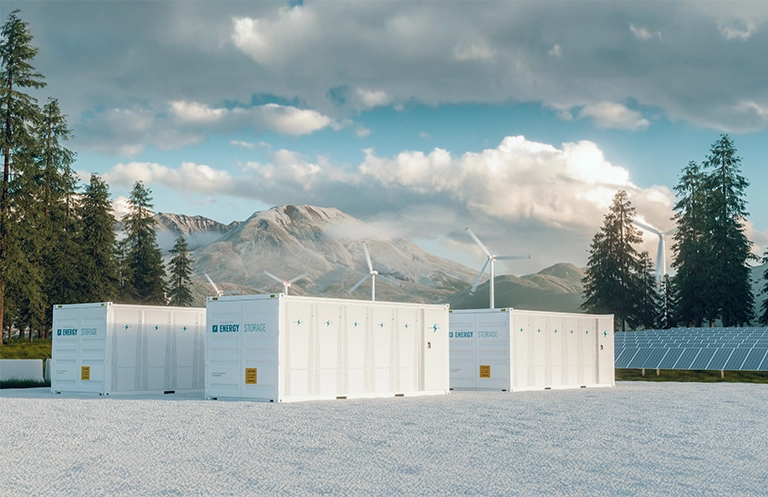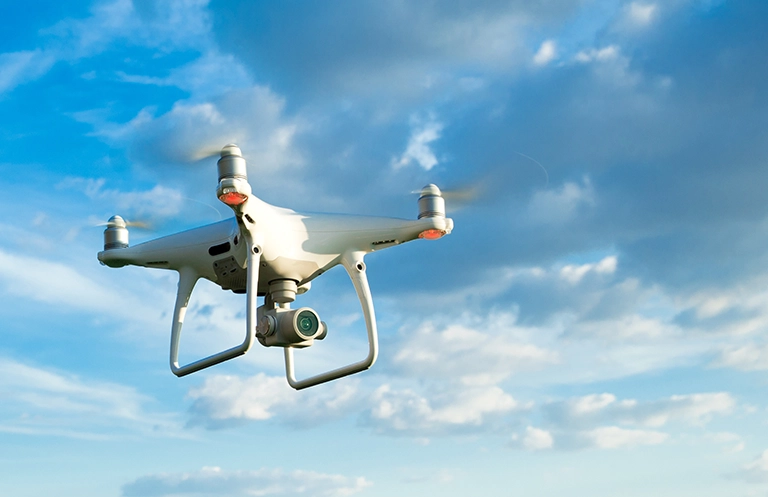Electric vehicles are gaining widespread popularity globally and are expected to play a significant role in our future. The shift towards electric vehicles is driven by factors such as climate change and rising oil prices, as well as advancements in electric vehicle technology making them increasingly competitive with traditional vehicles.
The increasing number of electric vehicles (EVs) on the road and the need to manage the demand for charging them is unprecedented. As the number of EVs increases, the demand for charging them during peak hours can put a strain on the electrical grid and that’s when openADR comes into play. OpenADR helps in managing the ever-growing demand by providing signals to EV charging stations to charge vehicles during off-peak hours. This can help reduce the need for expensive grid upgrades and improve overall grid reliability.
What is an Open Automated Demand Response?
Electricity demand continues to rise, and it really puts pressure on the grid, especially during the high demand time slots of the day when most of the people are drawing electricity from the grid. This creates a need for more power plants to meet the demand. However, building new power plants is costly and environmentally not viable as power plants cause pollution through the greenhouse gas emissions.
How can we meet the demand without adding new power plants then? As using existing power plants part-time is already expensive and one of the reasons behind pollution. Meeting peak electricity demand is challenging without an alternative solution. Decreasing demand can help meet the needs of all customers by aligning supply with demand.
OpenADR (Automated Demand Response) is a communication standard that enables automated and secure two-way communication between electricity providers and customers to manage the demand for electricity in real-time. This can help to improve the efficiency and reliability of the power grid, reduce costs, and support the integration of renewable energy sources.
By allowing customers to automatically adjust their electricity usage in response to changes in the supply and demand for electricity, OpenADR can help to reduce the need for expensive and polluting “peaker” power plants, which are only used during times of high demand. Additionally, OpenADR can help to enable the use of distributed energy resources such as solar panels and battery storage, by allowing these resources to be integrated into the power grid in a coordinated and efficient manner.
Demand Response (DR) and Distributed Energy Resources (DER)
The environmentally friendly option to reduce demand is for consumers to voluntarily cut their usage during peak periods or use electricity at less crowded times. These systems can be tailored to an individual’s needs and preferences. For electric vehicle (EV) fleets, this means automatically changing the time of charging so that the EVs can be charged when demand is low. This not only saves the fleet owner money, but also reduces stress on the grid. This is known as Demand Response (DR). The DR program also provides incentives to consumers to motivate them to decrease their usage during peak periods. Demand response can be categorized into three types: manual, fully automated, and semi-automated. It is not only about using energy carefully, but also about when to use it.
Distributed Energy Resources (DER) are small power generation sources connected to the power grid. These resources, located near the center of load, can be used separately or together to provide value to the grid. DER is less expensive and faster to implement than traditional power plants.
How does OpenADR work?
OpenADR acts as a translator between end users, charging stations, and power providers. Without it, these systems would not be able to communicate with each other. However, with OpenADR, not only can they communicate, but they also make power utilization more effective and efficient. By using the Open Charge Point Protocol (OCPP), it allows EV charging stations to communicate with the central management system. This helps save power from the grid, allowing EV fleet management systems to be more responsive and flexible without any human intervention.
Benefits of OpenADR
- The energy service provider will benefit from expanded grid credibility by providing OpenADR-based DR communication and signals during times of grid stress.
- Commercial and industrial consumers can benefit from reduced impact of peak pricing events.
- OpenADR is easily integrated with existing systems and protocols.
- Customer incentives are available for participation in demand response systems.
OpenADR and EV Fleet Management Systems
OpenADR interface makes sure that EV fleets do not cause any problems to the overloaded grid. Going forward it can also be possible that power grid problems can result in increased peak demand prices. Thus, drivers and EV fleet owners must be careful and responsive to save money and keep away from peak demand periods. By combining OpenADR and OCPP EVs can turn into demand response assets that can give steadiness to the grid. And it can do more than just adapt to power grid issues they can simply become an asset because they serve as batteries instead of draining the grid. OpenADR and OCPP play a vital role as none of these is possible without the translation that OpenADR and OCPP provide between an electric vehicle and the power sources.
What is OpenADR 2.0?
OpenADR 2.0 is the latest version of the OpenADR (Automated Demand Response) communication standard. It builds upon the previous version, OpenADR 1.0, and is designed to provide more advanced and flexible capabilities for managing the demand for electricity in real-time.
Some of the key features of OpenADR 2.0 include:
Improved security: OpenADR 2.0 provides enhanced security features to protect against hacking and other cyber threats.
Increased scalability: OpenADR 2.0 is designed to support a larger number of devices and customers than the previous version, which makes it more suitable for large-scale deployments.
Better interoperability: OpenADR 2.0 is based on a web service model, which makes it more compatible with other systems and technologies.
Advanced capabilities: OpenADR 2.0 includes features such as price and signal encoding, which allows for more sophisticated and flexible demand response programs.
Advanced Energy Management: OpenADR 2.0 enables more sophisticated and automated management of distributed energy resources, such as solar panels and battery storage.
OpenADR 2.0 and OCPP Combination Delivers a Powerful EV Charging Infrastructure

The combination of OpenADR 2.0 and OCPP (Open Charge Point Protocol) can deliver a powerful solution for managing electric vehicle (EV) charging. OpenADR 2.0 is a communication standard that enables automated and secure two-way communication between electricity providers and customers to manage the demand for electricity in real-time. This can help to improve the efficiency and reliability of the power grid, reduce costs, and support the integration of renewable energy sources.
On the other hand, OCPP is a communication protocol that enables EV charging stations to communicate with the central management system. It allows for the management of charging sessions, the exchange of status information, and the management of tariffs and billing. When these two technologies are combined, it allows EV fleet managers to connect their EV Fleet management systems to the OpenADR 2.0, which allows them to automatically adjust the charging schedules of their EVs in response to changes in the supply and demand for electricity. This can help to reduce costs, improve the efficiency of the power grid, and support the integration of renewable energy sources.
Additionally, it allows for the management and control of charging sessions, the exchange of status information, and the management of tariffs and billing through OCPP. The combination of OpenADR 2.0 and OCPP allows EV fleet managers to not only manage their EV fleet charging infrastructure but also to optimize the use of the grid and reduce costs, making it a powerful and efficient solution for EV fleet management system.
Final Thoughts
To make more sustainable choices not just for the planet but for the generations to come. OpenADR 2.0 is a great platform to handle demand response, which also motivates consumers to think about their usage and how we can all reduce energy consumption.
eInfochips has helped the client with load balancing, energy management, and cloud infrastructure setup that helps the client to streamline their operation and provides remote management of electric vehicle charging stations. eInfochips has expertise in EV charging station design and development, protocol integration and connectivity, and remote monitoring for charging infrastructure. To know more about such key offerings in EV charging and the managing EV fleet solution and services contact our team of experts today.














